- LIFE
50 Bible Verses About Hope in Hard Times
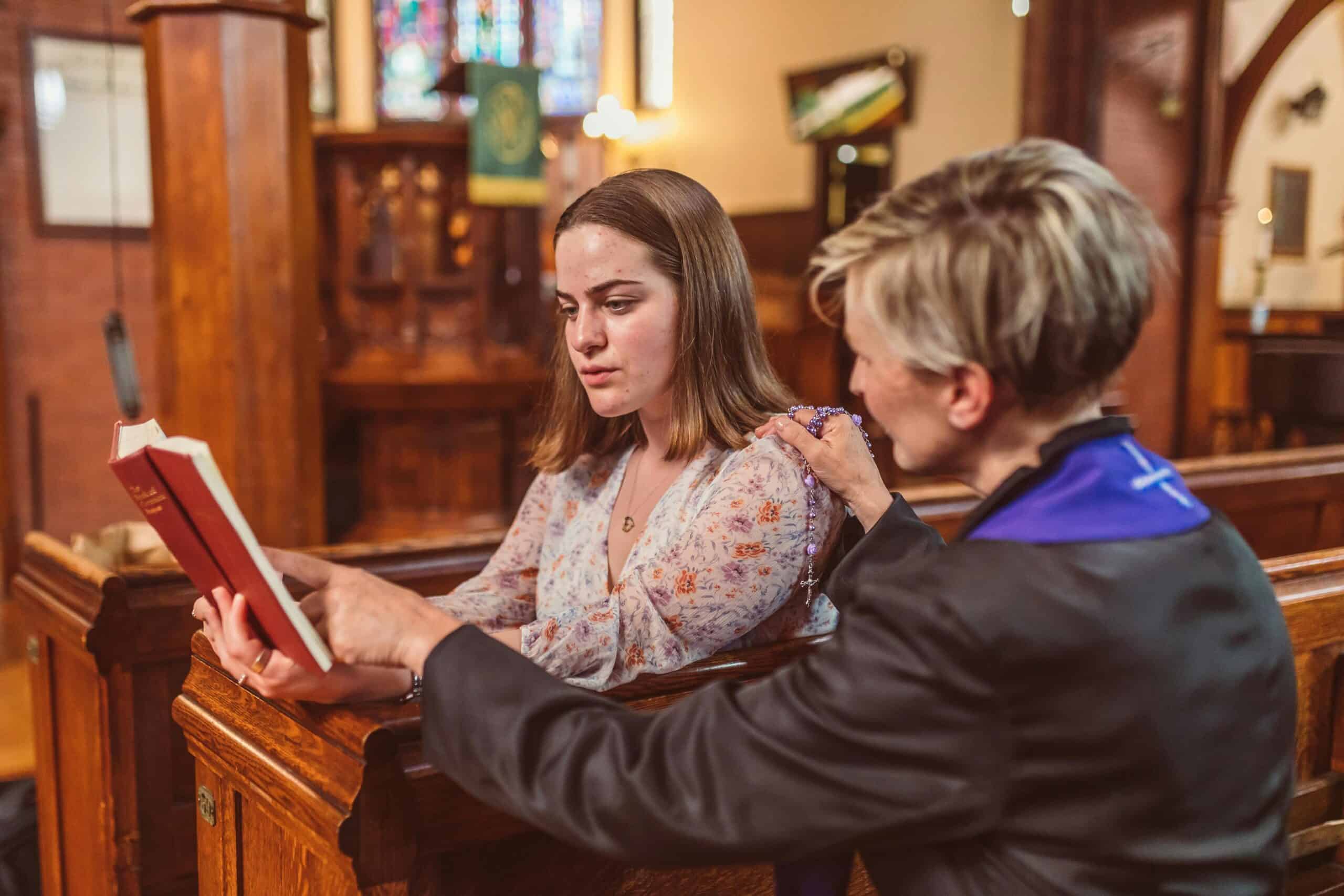

Flags have always been more than just pieces of fabric—they’re symbols of identity, resistance, community, and pride. In the LGBTQ+ community, flags play a powerful role in promoting visibility, fostering solidarity, and celebrating the beautiful diversity of queer experiences. From the iconic rainbow flag to newer designs that reflect evolving understandings of gender and sexuality, each flag tells a story of resilience, recognition, and belonging.
Let’s explore the most prominent LGBTQ+ flags, their origins, and what the colors and designs represent.
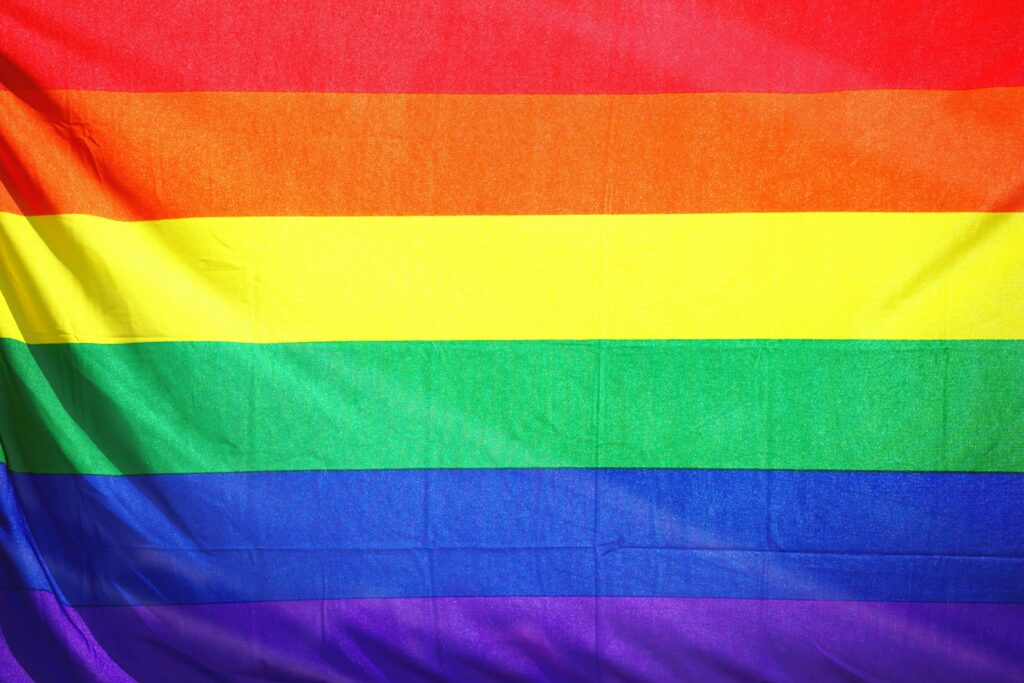
Created by: Gilbert Baker in 1978
Original Colors: 8 stripes
Current Version: 6 stripes (red, orange, yellow, green, blue, violet)
The rainbow flag is the most recognized LGBTQ+ symbol in the world. Designed by artist and activist Gilbert Baker, the original 1978 flag had eight stripes, each color representing a different aspect of the community: hot pink (sex), red (life), orange (healing), yellow (sunlight), green (nature), turquoise (magic/art), indigo (serenity), and violet (spirit). Due to fabric limitations, the flag was eventually simplified to the six-striped version widely used today.
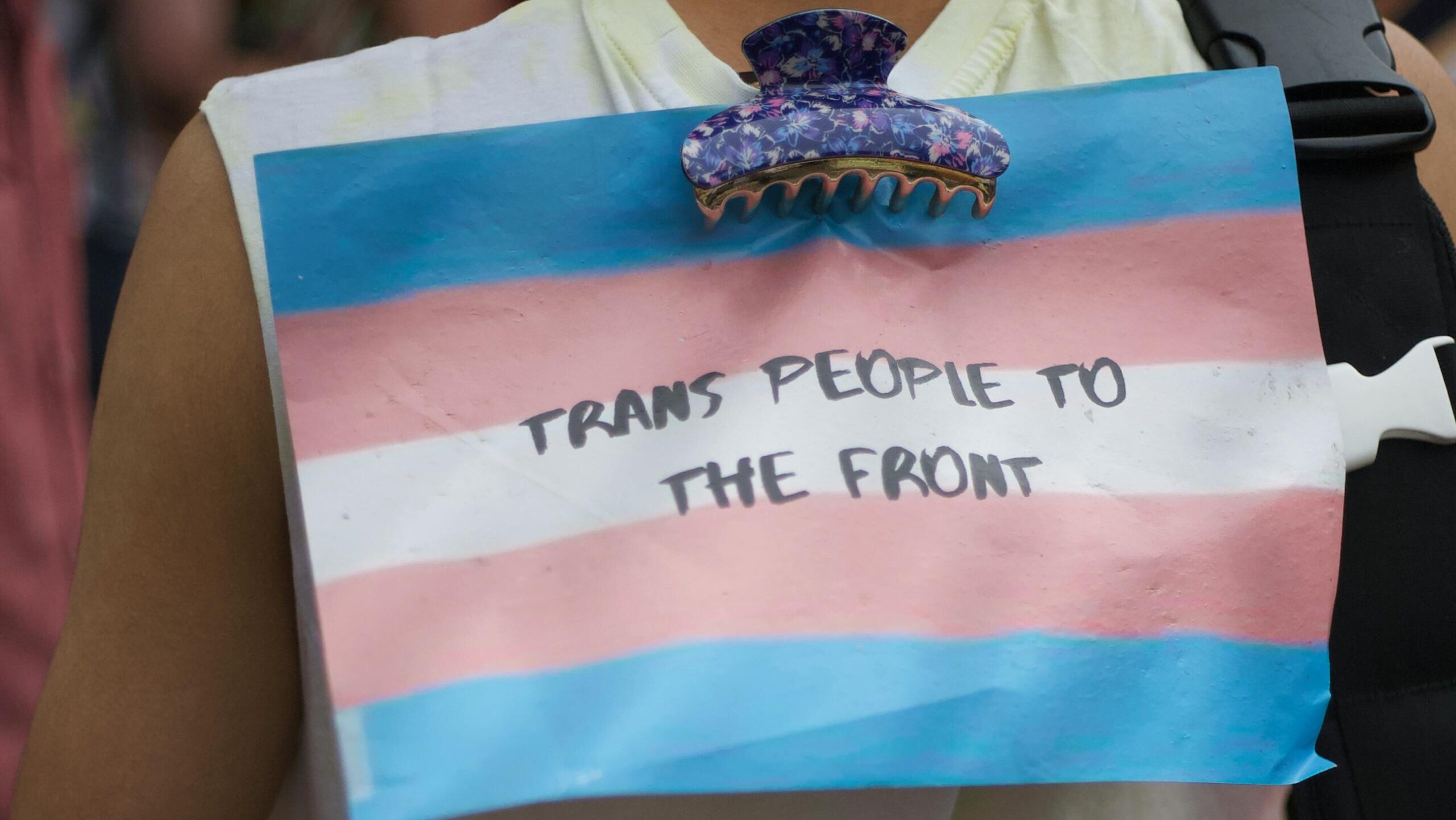
Created by: Monica Helms in 1999
Colors: Blue, pink, white
The transgender pride flag was created by U.S. Navy veteran Monica Helms to represent the trans community. The light blue symbolizes traditional male color, pink represents traditional female color, and white stands for those who are nonbinary, transitioning, or have no gender. The pattern is symmetrical so that no matter how it’s flown, it’s always correct—symbolizing the rightness of being true to oneself.
This flag is often displayed during Transgender Day of Visibility (March 31) and Transgender Day of Remembrance (November 20), playing a critical role in raising awareness of trans issues and honoring the lives lost to transphobia.
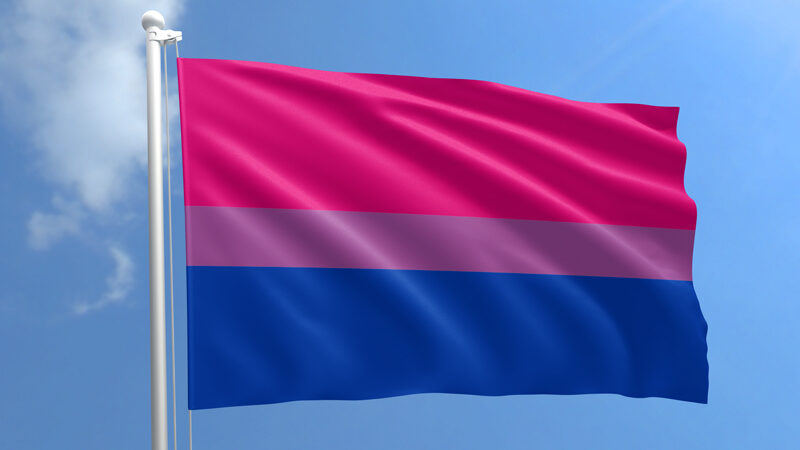
Created by: Michael Page in 1998
Colors: Pink, purple, blue
Michael Page introduced the bisexual pride flag to increase visibility for bisexual individuals who often feel erased in both gay and straight spaces. The pink stripe represents same-sex attraction, the blue represents opposite-sex attraction, and the purple in the middle symbolizes the overlap—attraction to more than one gender. It’s a bold, simple design that proudly asserts bisexual identity in its full complexity.
This flag has become an important symbol during events like Bi Visibility Day (September 23), reminding the world that bisexuality is a valid and vibrant part of the LGBTQ+ community.
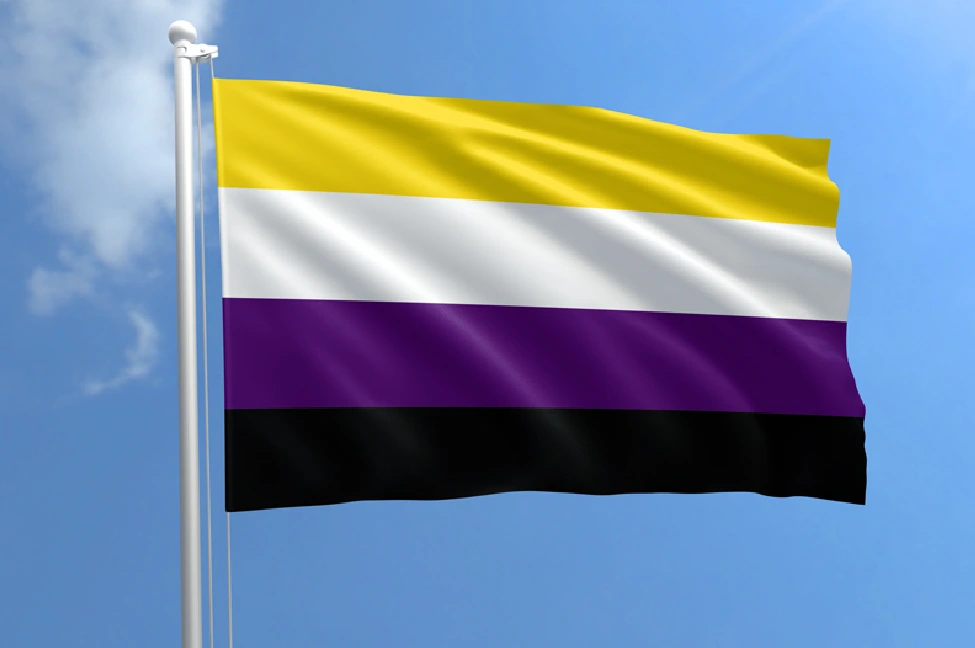
Created by: Kye Rowan in 2014
Colors: Yellow, white, purple, black
Recognizing the unique identities that fall outside the gender binary, the nonbinary flag was designed to complement—not replace—the genderqueer flag. Yellow represents people whose gender exists outside the binary. White symbolizes those with many or all genders, purple stands for a mix of male and female, and black signifies those who identify as agender. The flag embraces fluidity and defies conventional gender norms, offering validation to those whose identities are often misunderstood.
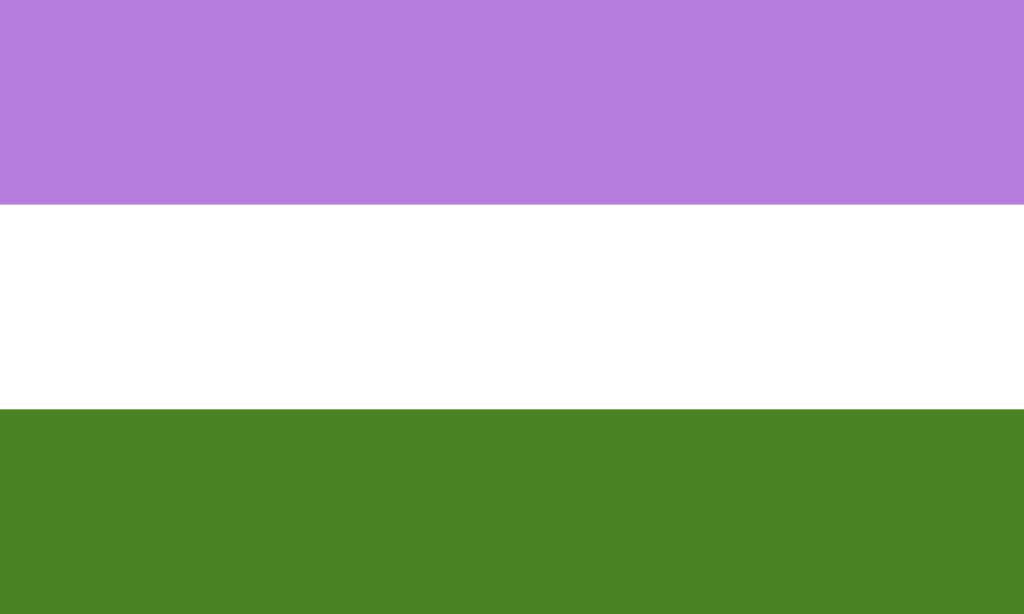
Created by: Marilyn Roxie in 2011
Colors: Lavender, white, green
The genderqueer pride flag predates the nonbinary flag and was designed by activist and writer Marilyn Roxie. Lavender is a blend of blue and pink, traditionally associated with masculinity and femininity, representing androgyny or queerness. White symbolizes agender identities, and green, the inverse of lavender, represents those outside traditional gender roles. This flag affirms a spectrum of gender experiences that challenge binary thinking.
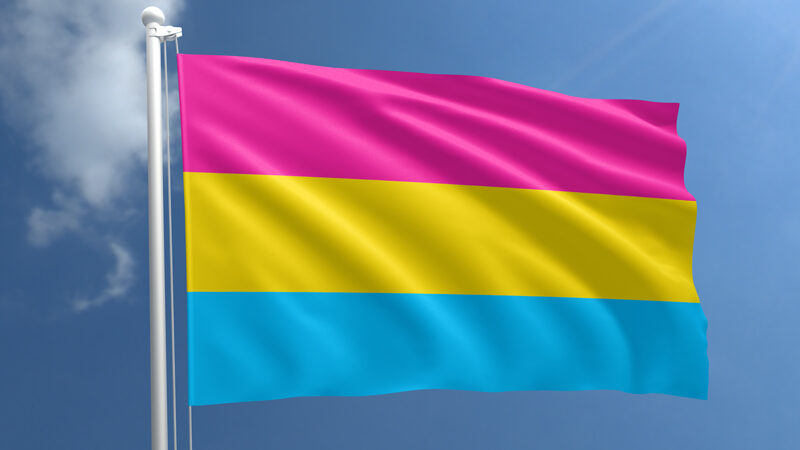
Created by: Community-created (exact origin uncertain), early 2010s
Colors: Pink, yellow, blue
The pansexual flag celebrates attraction regardless of gender identity. Pink symbolizes attraction to women, blue to men, and yellow to nonbinary, genderqueer, or gender non-conforming individuals. While similar in spirit to the bisexual flag, pansexuality emphasizes the potential to be attracted to people across the full gender spectrum. The flag is often seen in online communities and pride parades, advocating for greater understanding of pan identities.
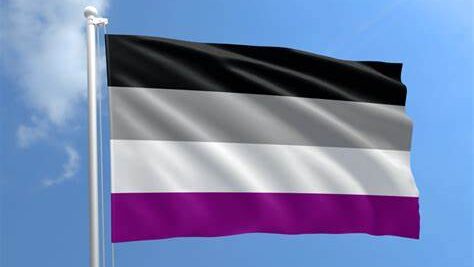
Created by: AVEN (Asexual Visibility and Education Network) in 2010
Colors: Black, gray, white, purple
This flag represents the asexual spectrum—people who experience little to no sexual attraction. Black stands for asexuality, gray for gray-asexual and demisexual identities, white for sexuality in general (acknowledging allies and partners), and purple for community. As asexual awareness grows, the flag has become a beacon of visibility for a once-overlooked part of the LGBTQ+ umbrella.
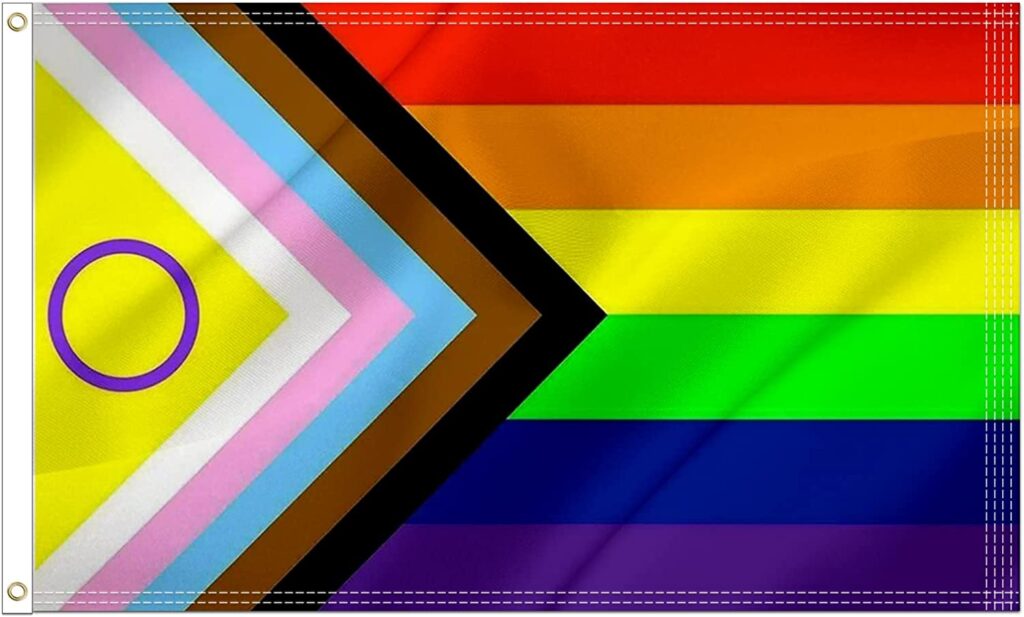
Created by: Morgan Carpenter (Intersex Human Rights Australia) in 2013
Colors: Yellow background with a purple circle
Distinct from other pride flags, the intersex flag avoids gendered colors. The yellow background and unbroken purple circle symbolize wholeness, autonomy, and the right of intersex people to make decisions about their own bodies. It intentionally avoids pink or blue to reject traditional gender norms and assert bodily sovereignty. The flag is often flown on Intersex Awareness Day (October 26) and Intersex Day of Solidarity (November 8).
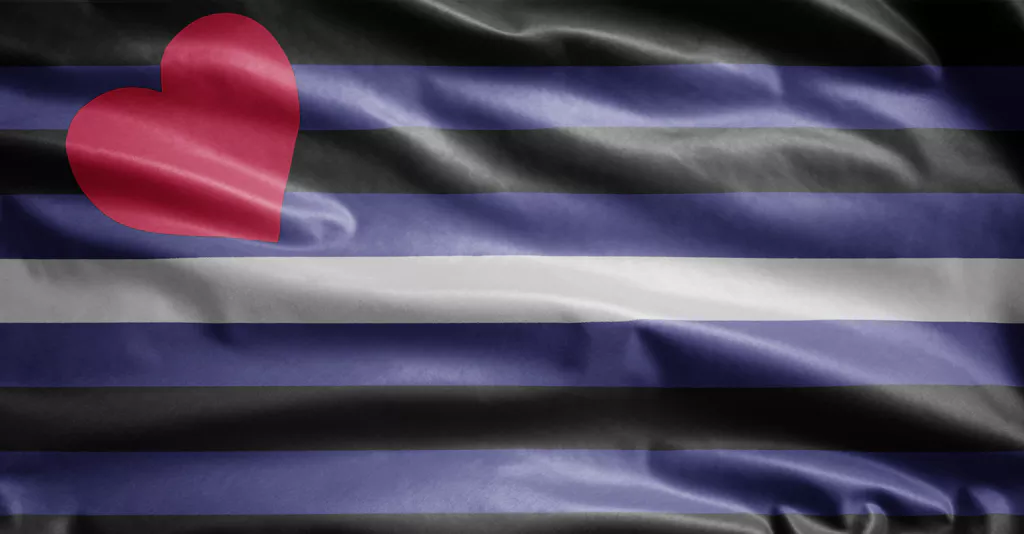
Created by: Tony DeBlase in 1989
Colors: Black, blue, white with a red heart
Originally representing the leather and kink subcultures within the gay male community, the leather pride flag has evolved into a broader symbol for BDSM and alternative sexual identities across all genders and orientations. The red heart represents love, while the colors evoke strength, masculinity, and community. It’s often seen at kink and fetish events during Pride and beyond, celebrating sexual diversity.
LGBTQ+ flags are more than symbols—they’re declarations of presence, dignity, and pride. They help marginalized identities feel seen, validate experiences that are often erased, and build solidarity across different communities under the queer umbrella. As new identities emerge and the language of gender and sexuality evolves, more flags are designed to ensure everyone has a banner to fly.
These flags also serve a political function: they challenge heteronormativity, confront societal erasure, and empower people to express their identities boldly and without shame. Whether waved at a march, displayed in a classroom, or worn as a pin, LGBTQ+ flags remind the world that everyone deserves to live openly and authentically.
The vibrant array of LGBTQ+ flags showcases the beautifully diverse tapestry of queer identities. Each flag tells a story of courage, creativity, and the enduring fight for visibility and inclusion. As the community grows and evolves, these symbols continue to uplift voices, educate allies, and inspire the world to celebrate love in all its forms. So whether you’re discovering these flags for the first time or flying one proudly, remember: every color counts, every stripe matters, and every identity deserves to shine.